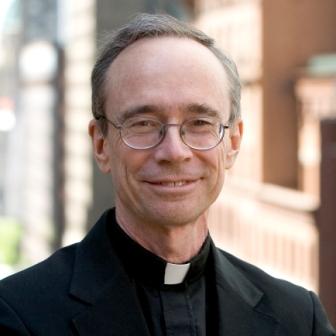 Fr Thomas Reese SJ offers an assessment of the UN committee report on the Rights of the Child in his blog. Fr Reese writes:
Fr Thomas Reese SJ offers an assessment of the UN committee report on the Rights of the Child in his blog. Fr Reese writes:
The UN committee report on the Vatican’s role in sexual abuse was a missed opportunity. It could have played an important role in improving the church’s handling of sexual abuse; instead, it was an editorial screed.
Any examination of the sexual abuse crisis needs to do three things: 1) Review the historical facts of sexual abuse and how it was handled by the church; 2) examine current policies and procedures and how they are being enforced; and 3) make recommendations for improvement.
The report by the UN Committee on the Rights of Children, like many other examinations of the crisis, skips the hard work of step two, which means the recommendations in step three are meaningless.
When it comes to the historical record, the church deserves to be raked over the coals. It went through at least three stages of responding to abusive priests, all of which proved to be disastrous.
First was denial. Priests and bishops simply could not believe the abuse occurred. “How could someone I know and work with have done such a terrible thing?” The victims were not believed. We now know that the overwhelming majority of accusations were true.
The second stage was to deal with abuse as a sexual sin: demand repentance and the promise of reform. We are, after all, a forgiving church. It was thought that if the priest was moved away from “temptation” to another parish, the problem would be solved. Instead, many priests found new children to victimize and abused again. In other words, the bishops responded pastorally to the priest but ignored the risk to children.
The third stage was to deal with abuse as a psychological problem that could be cured. Priests were sent to counseling and therapy. Incompetent psychologists assured bishops they could fix the priests. They argued that it was essential, if the therapy process was going to work, that priests have the chance of returning to ministry. They tried to imitate the successful model of dealing with alcoholic priests.
Many priests, in fact, stopped abusing, but no one could say with certainty which priests were safe and which were not. While a 10 percent recidivism rate might be considered extraordinarily successful in the criminal justice system, it was not good enough if it placed children at risk. Zero tolerance was the only safe option.
At the same time the church was responding badly to the priests, it was also responding badly to the victims in at least three ways.
Read the full article here: http://ncronline.org/blogs/faith-and-justice/un-committee-report-vatican-abuse-missed-opportunity
Tags: Reese, United Nations

